Photo Above: The iconic feature from which Castle Rock gets its name.
The Castle Rock Historical Society offers two options for walking through historic Castle Rock – a traditional paper map and descriptions or a QR alternative using markers at designated landmarks. Either way, you’ll stroll the main streets of downtown Castle Rock to learn the history of the town and its early inhabitants.
Start at the Castle Rock Museum – the former Denver & Rio Grande Railroad Depot – at 420 Elbert Street. There, you can pick up the brochures for the walking tour. The paper brochure covers a few more properties and therefore is a bit longer than the QR-based tour. Either tour can be accomplished on foot or by car.

The museum was moved to its current location in 1970.
Before you head out, spend a few minutes enjoying the artifacts in the Castle Rock Museum. If you’re doing the QR tour, look for the first historical marker to scan. There are 20 of these custom-designed markers on the tour and each features a stainless steel medallion that can be scanned with a smart phone to bring up a photo and description. Below are a few highlights of the tour to whet your appetite.
To the left of the entrance door is the historical marker with the QR medallion.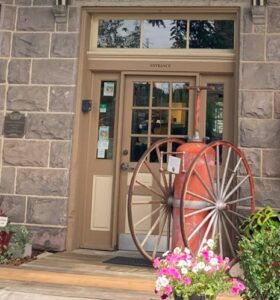
One block behind the museum is Victoria’s House – now the Chamber of Commerce. This rhyolite building was built in 1889 as a family home.
Chamber of Commerce Building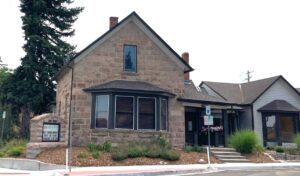
Two blocks north is the Leonard House, which features patterned, inverted triangular-cut wooden siding. In 1964, this former family home was converted to the Golden Dobbin, a restaurant and gift shop. Subsequently it was the French Bakery and the Augustine Grill and today is the popular Wild Blue Yonder Brewing Company.
The front of Wild Blue Yonder Brewing features the historical marker and medallion.
The Owens House at 213 Perry Street once served as a luxury hotel. Sited across from the D&RG Depot, it was advertised as a sanatoria for people with lung disease. Today it’s an apartment building.
The former Cottage Hotel.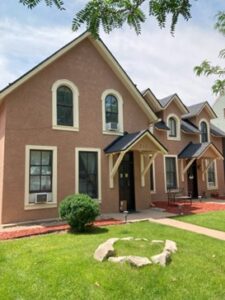
The former Douglas County Mercantile Lumber Warehouse at 400 Third Street today is known as “The Barn.” This building now houses multiple shops selling gifts, antiques and collectibles.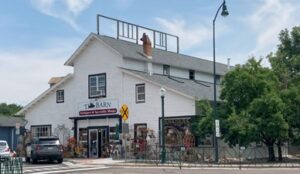
The Barn features most of the original windows, doors and exterior features of the warehouse.
Many of the buildings on Castle Rock’s main commercial street – Wilcox – feature the rhyolite stone that was quarried nearby. A well-known example is the Castle Café at 403 Wilcox Street. Once the Castle Hotel and Bar, it was a gathering place for quarry workers, ranchers and travelers in the late 1800s. Today, the restaurant is known for its delicious pan-fried chicken.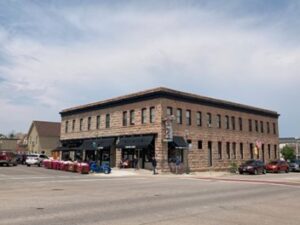
Across the street from the Castle Café is another storied eatery – the B&B Café. This circa 1925 building has housed the B&B since the 1930s and is known for its homemade pies, distinctive light fixtures, onyx and marble bar and the bullet holes in its tin ceiling. For that story, you’ll have to take the tour!
The B&B is one of the oldest restaurants in Castle Rock. People wait in long lines for breakfast here on the weekends.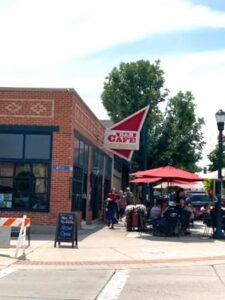
There are many more interesting stories and structures to discover – all within a short walk of the Castle Rock Museum. With photos stops and reading, it took about two hours to complete the 20 (QR tour) or 22 (brochure) walking tour. Enjoy!
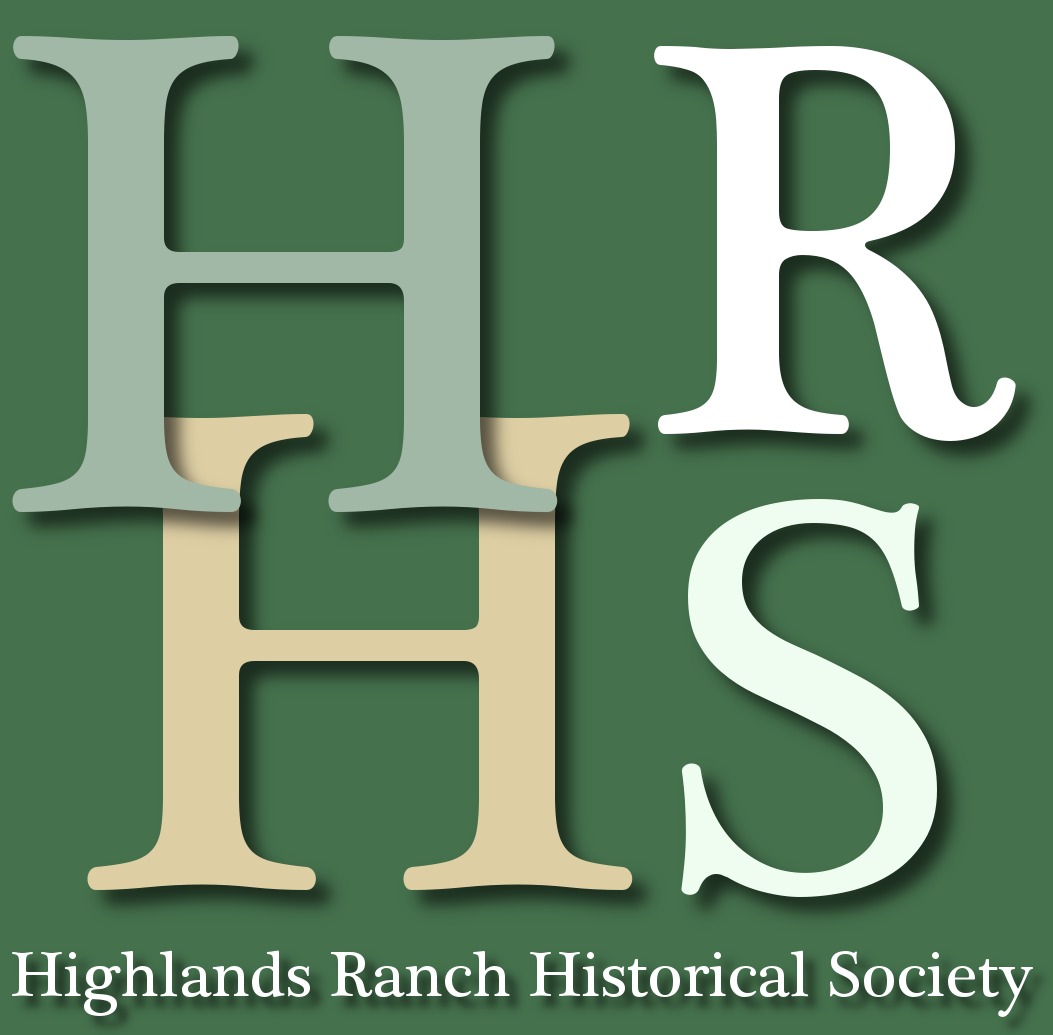
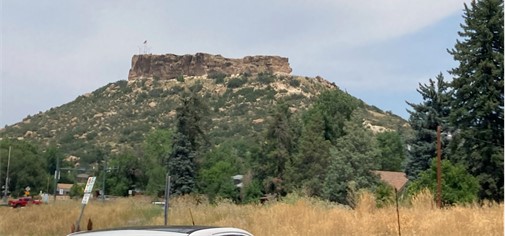
Recent Comments